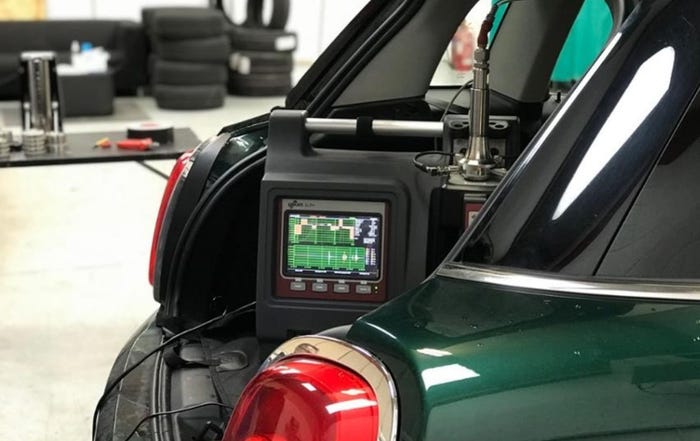Seal of Approval
The rear window of my 1999 Ford Ranger has a leak. It's invisible, but it's there. It had me stumped the first few months. The passenger seat upholstery was soaked every time it rained. Initially, I thought a window was open. But once I eliminated that possibility and the leak persisted, the next stop was the dealership.They stopped the leak - and started an even more annoying whistling sound. It's
April 1, 2000

The rear window of my 1999 Ford Ranger has a leak. It's invisible, but it's there. It had me stumped the first few months. The passenger seat upholstery was soaked every time it rained. Initially, I thought a window was open. But once I eliminated that possibility and the leak persisted, the next stop was the dealership.
They stopped the leak - and started an even more annoying whistling sound. It's a problem like mine that quickly makes weather seals so important. Unlike engine performance and safety, weather stripping - the black rubber strips that ring doors, hoods, windows, sunroofs and decklids - is never on buyers' shopping lists. But they easily can destroy a vehicle's reputation.
That's why automakers always are open to new weather stripping technologies that offer improved performance as well as weight reduction, lower costs and enhanced recyclability. General Motors Corp., for instance, is asking for bids from suppliers for thermoplastic elastomer (TPE) weather seals on its high-volume Epsilon midsize car program, due in 2003.
This could portend a switch from conventional thermoset rubber sealing systems that now dominate the market, to alternative materials. It's a possibility that excites Robert S. Liskiewicz, vice president, Automotive, Advanced Elastomer Systems, which claims to be the only supplier close to having a TPE commercial application for every automotive weather seal system.
AES says its Santoprene thermoplastic seals allow weather strips to be made thinner than those made of conventional rubber. Comprised of alloys of fully vulcanized rubber particles finely dispersed in plastic, Santoprene also eliminates the need for metal carriers in certain designs. If it were used on the more than 15 sealing systems on a car, Santoprene would provide weight savings of 8-10 lbs. (3.6-4.5 kg). And unlike rubber seals, TPEs can be colored for improved aesthetics. Using TPEs for interior skins and other functions also is possible.
Santoprene can cost twice as much as rubber, but AES says it offers savings throughout the supply chain. TPEs eliminate curing and other secondary manufacturing steps. Santoprene also is recyclable, AES claims.
AES has had most of its success so far overseas, especially in Asia. It won the first major TPE weather seal application several years ago for the tailgate on a Mitsubishi Motors Corp. mini commercial vehicle that went on sale l ast year. But it's working on U.S. applications, as well as the outer belt and primary door, which it currently doesn't have on a commercial vehicle.
Read more about:
2000About the Author
You May Also Like



